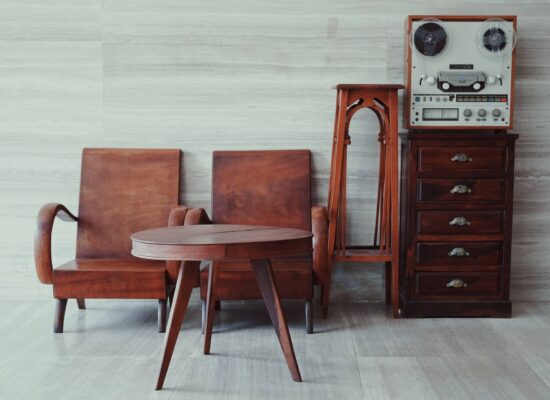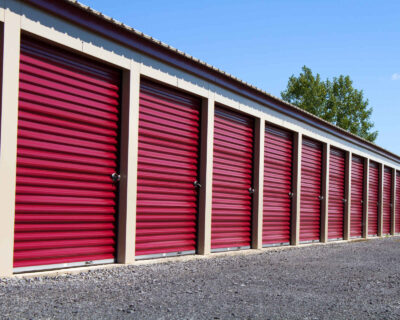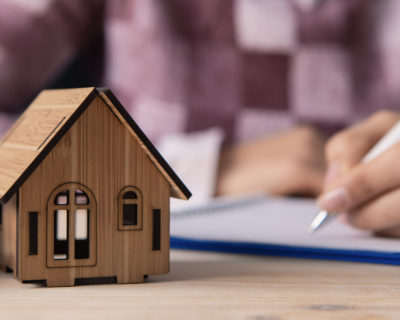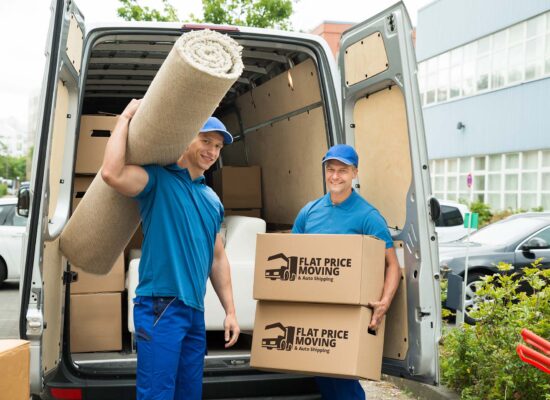Preserving Your Pieces – The Best Way to Wrap Furniture for Moving
When preparing for a relocation, one of the most critical tasks is ensuring that your furnishings arrive at your new home in the same condition they left your old one. The key to this is finding the best way to wrap furniture for moving, so here is a detailed guide with all the best furniture moving tips out there.

For wrapping wooden furnishings, use bubble wrap and moving blankets for optimal protection. Protect sofas with plastic and bubble wrap. Disassemble large pieces when possible to ease the move. Hiring professionals is highly recommended for antiques due to their specialized skills in handling and wrapping. To ensure furniture protection in transit, use the right materials, secure all parts, and consider custom crating for fragile items.
Before Anything Else Understand the Basics of Furniture Protection
Before diving into packing tape and bubble wrap, it’s crucial to grasp the basics of furniture protection during a relocation. This entails not only knowing how to wrap each piece but also understanding why certain materials are preferred for different types of furnishing.
The ultimate goal is to minimize damage and wear, ensuring your items arrive in the same condition they left. Effective protection starts with selecting the right wrapping materials and preparing your furniture correctly, steps that safeguard against scratches, dents, and other forms of damage during the process of cross-country moving.
Explore Different Types of Protective Wrapping Material
The variety of different packing materials available can cater to the diverse needs of furniture protection. Here’s a rundown of the most common materials you’ll need:
- Relocation blankets – these thick, padded covers are designed to protect large pieces of furniture. They absorb shocks and prevent scratches, making them ideal for wooden and metal items.
- Plastic wrap – stretchy and clingy, plastic wrap secures relocation blankets and pads in place. It’s also great for bundling disassembled parts together or keeping drawers and doors closed. For upholstery, it offers a first line of defense against dirt and moisture.
- Bubble wrap – perfect for protecting fragile or protruding parts. Bubble wrap cushions against impacts and can be used to wrap entire pieces or just vulnerable areas like glass components or delicate woodwork.
- Protective pads – similar to relocation blankets but often thinner, these pads provide a protective layer against scratches and minor impacts.
Preparing Your Furniture for Wrapping
The initial steps of preparing your furniture pieces for wrapping are as crucial as the wrapping process itself. Begin by thoroughly cleaning each piece to remove dust and debris that could scratch surfaces during the relocation. This step also ensures that your furniture is ready to use in your new home without the need to clean it again.
Next, disassemble whatever parts you can. This not only makes the furniture easier to wrap and relocate but also reduces the risk of damage. Remove legs from sofas and tables, take shelves out of bookcases, and if possible, take apart bed frames. Drawers should be removed, wrapped separately, or secured shut if they’re to stay in place. To ensure easy reassembly upon arrival, store all screws, bolts, and small parts in a bag with a label.
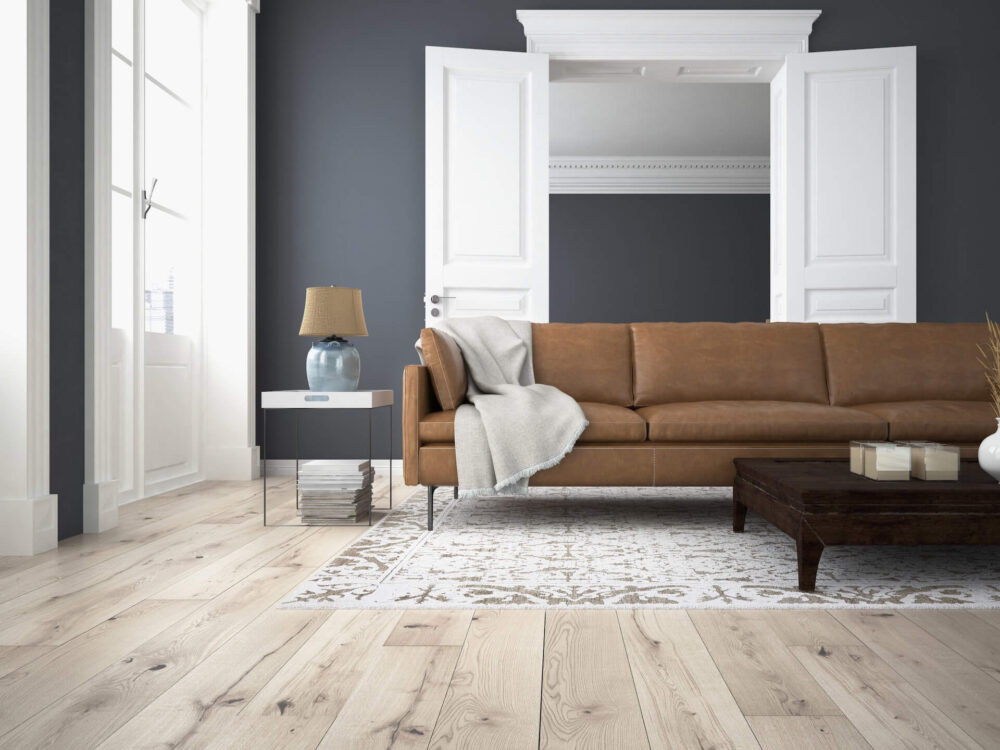
A Step-By-Step Guide on the Best Way to Wrap Furniture for Moving
The process of packing furniture for a move varies significantly depending on the material and structure of the items. Each category of furniture requires a nuanced approach to ensure it is fully protected from the rigors of relocation.
Wrapping Wooden and Antique Pieces
For wooden and antique pieces, the primary concerns are preventing surface scratches and protecting against moisture. Because wood is porous, it tends to gather oil and grime. Start by thoroughly cleaning and drying the piece to remove any particles that could cause scratches during the relocation. Then, carefully wrap the furniture in bubble wrap, paying special attention to corners and protruding elements that are more susceptible to damage.
The bubble wrap acts as a barrier against moisture and provides a cushion against knocks. Over the bubble wrap, secure relocation blankets around the piece. These blankets add an extra layer of protection, absorbing shocks and preventing the bubble wrap from slipping. Ensure that the entire surface is covered and that the moving blankets and plastic wrap are firmly taped in place, but avoid placing tape directly on the furniture’s surface to prevent damage to the finish.
Safeguarding Upholstered Furnishings
Upholstered furniture like sofas and chairs demands a different strategy focused on protecting the fabric from dirt and water damage. The first step is wrapping the furniture in plastic wrap. This wrap should cover the entire piece, tucking in at the bottom to create a seal against dirt and moisture. The plastic wrap serves a dual purpose – it keeps the upholstery clean and prevents minor scuffs.
For extra protection, especially for long-distance moves or storage in potentially damp environments, consider adding a layer of bubble wrap over the plastic. This is particularly useful for protecting delicate areas such as the arms and back of sofas and chairs – the goal is to create a barrier that keeps the upholstery in pristine condition.
Protecting Glass Components and Mirrors
Glass components and mirrors present a unique challenge due to their fragility. The first step is to secure a piece of cardboard over the glass surface, providing a firm barrier against direct impacts. Next, wrap the glass or mirror thoroughly in bubble wrap, ensuring that all edges and surfaces are covered. The bubble wrap should be taped securely, but make sure the tape does not come into direct contact with the glass to avoid leaving sticky residues.
For added security, you can then wrap the bubble-wrapped piece in a moving blanket, which offers further cushioning and protection against accidental knocks. It’s essential to clearly label these items as “fragile” to ensure they are handled with extra care during the move.
Special Considerations for Large or Unusual Furniture
Moving and protecting large or unusual pieces requires a blend of careful planning, special packing materials, and, often, professional assistance. These items can range from oversized sectionals to grand pianos, each demanding its own set of precautions to ensure they reach their new home safely.
Handling Oversized Furniture
Oversized pieces, such as elaborate entertainment centers, pool tables, or large armoires, pose significant challenges due to their size, weight, and often complex assembly. The first step in preparing these items for a move is to accurately measure both the furniture and the spaces (doorways, hallways, staircases) through which they will need to pass. This assessment will help determine whether disassembly is possible or necessary.
For items that cannot be easily disassembled, custom crates may be the solution. These crates are designed to fit the exact dimensions of your furniture, providing unparalleled protection during the move. Additionally, consider enlisting professional long-distance moving services for these items. Professionals have the experience, equipment, and manpower to safely handle oversized pieces, reducing the risk of damage to the item or injury to yourself.
Moving Specialty Items Requires Extra Care
Specialty items such as pianos, antique wardrobes, or valuable artwork require a different approach due to their unique features and vulnerabilities.
For instance, pianos not only are heavy but also contain sensitive internal components that can be easily damaged if not handled correctly.
Similarly, antique wardrobes may have fragile exteriors or ornate details that are susceptible to scratches or breakage.
When dealing with these types of items, the first step is to secure any loose parts or accessories.
Next, wrap the item in protective materials that match its needs – soft padding for delicate woodwork, sturdy crates for artwork, or specialized piano covers. Given the value and complexity of these items, it’s often wise to seek professional expertise. Many moving companies offer services specifically tailored to specialty items, ensuring they are packed, transported, and delivered with the utmost care.
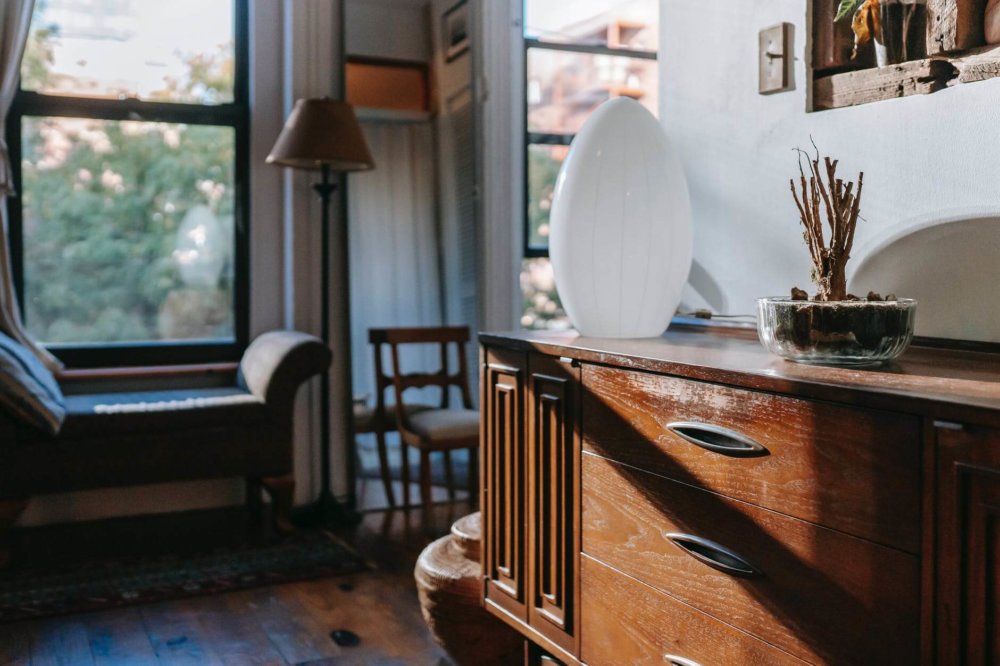
The Role of Professional Movers in Furniture Protection
While many individuals opt for a DIY approach, there are circumstances under which the expertise and resources of professional movers become invaluable. Understanding when to enlist the help of professionals can save you from potential headaches and ensure that your relocation is as smooth and damage-free as possible.
When to Consider Hiring Professional Long-Distance Movers
Deciding to hire professional cross-country movers often comes down to assessing the complexity, value, and size of the items to be moved. For instance, enlist help if you own particularly large items that require disassembly, like custom-built entertainment units or oversized wardrobes. The task of safely breaking them down and packing them may be beyond the skill set of the average homeowner.
Similarly, if your home is filled with delicate antiques, fine art, or high-value electronic devices, the risk of damage can make the cost of professional movers seem like a wise investment. Another scenario where professionals are invaluable is when navigating complex moving situations, such as relocating to a high-rise apartment. In these cases, the experience and equipment of a professional team can be crucial.
You should also seek professional assistance from a car shipping company if you wish to take your vehicle with you to the new destination. A reliable auto transport company such as Flat Price Auto Transport and Moving can ensure your car is safely transported to your new home.
Auto-Transport
If your first concern is having your vehicle transported safely and efficiently, enclose shipping is the way to go.
Read moreStorage Service
Knowing what kind of surprises cross country move may hold, we offer 30 day free storage for belongings at the origin state.
Read moreMoving Insurance
Flat Price Moving and Auto Transport Company offers moving insurance to cover potential damages
Read moreBenefits of Professional Wrapping and Moving Services
One of the most compelling reasons to hire a professional long-distance moving company is their access to high-quality packing materials and their expertise in packing and wrapping techniques for furniture. Professionals are equipped with an array of materials designed specifically for moving, and they know exactly how to use them to protect your belongings.
This expertise extends to the actual relocation process as well – professional movers have the experience to navigate furniture through tight spaces without causing damage. Another significant advantage is the insurance coverage that professional services offer. Despite the best efforts, relocation mistakes can happen. Having insurance coverage means that you’re protected against the financial impact of any damage that occurs during the move.
This peace of mind is often what convinces many homeowners to choose professional movers, especially when dealing with high-value or irreplaceable items. Ultimately, while the DIY route might seem more economical, the benefits of professional packing services – ranging from their efficiency and safety to the insurance protections they provide – can make them a worthwhile investment for many moving scenarios.
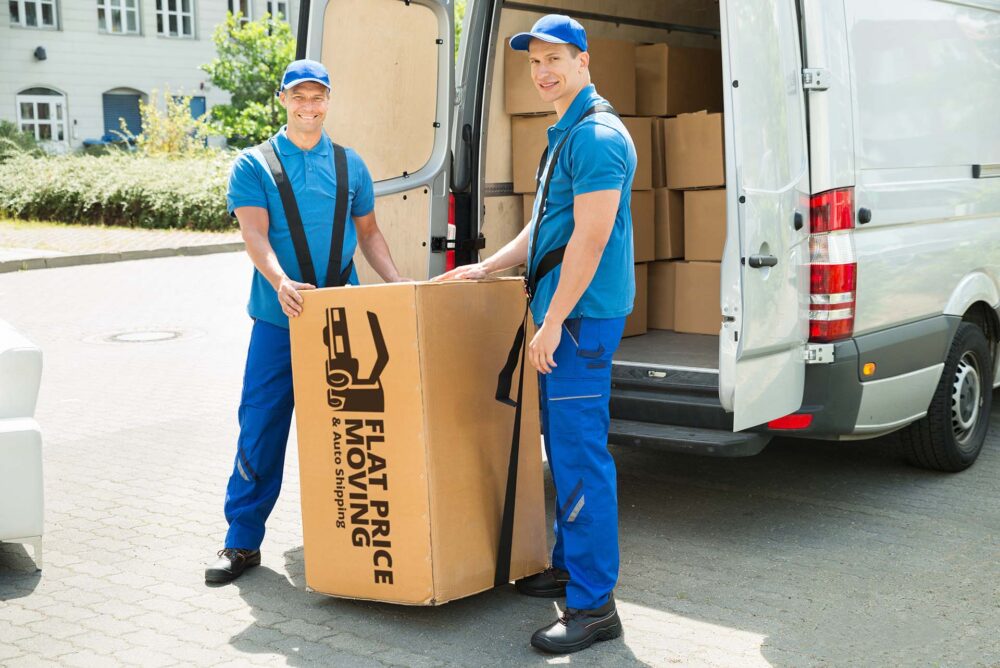
From Heirlooms to Sectionals: Navigating the Moving Maze with Expert Hands
The journey of relocating can be filled with unexpected challenges and risks, especially when it comes to transporting furniture and valuable belongings. Whether you’re dealing with bulky, oversized items, delicate antiques, or valuable pieces, understanding the best practices for wrapping and protecting furniture during a move is crucial.
While a DIY approach may be more economical, the feeling of a stress-free relocation movers can provide is priceless. So, contact us at Flat Price Auto Transport and Moving, and allow our team to ensure that your items arrive at their new home in pristine condition.
Frequently Asked Questions
What Is the Best Material to Use for Wrapping Wooden Furniture?
Bubble wrap is ideal for protecting against scratches and moisture, and relocation blankets provide additional cushioning against impacts.
How Should I Protect My Sofa During a Move?
Wrap your sofa in plastic wrap to protect the upholstery from dirt and moisture. Adding a layer of bubble wrap can offer extra protection for delicate areas.
Can I Move Large Furniture Pieces Without Disassembling Them?
While it’s possible, disassembling large pieces is recommended to reduce the risk of damage and make transportation easier.
Should I Hire Professionals to Wrap and Move My Antique Furniture?
Yes, hiring professionals is advisable for transporting antique pieces. Their expertise in packing can prevent damage and ensure the safe transport of valuable pieces.
How Can I Ensure My Furnishing Stays Protected in Transit?
Use appropriate wrapping materials, secure loose parts, and consider using custom crating for particularly fragile items. Ensuring everything is well-cushioned and immobilized in the relocation truck can also help prevent damage during transit.
